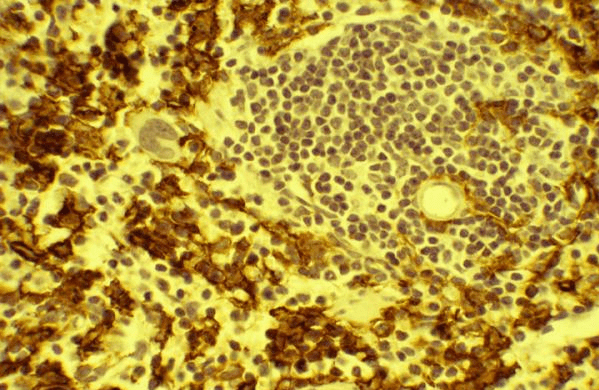Magnetic activated cell sorting: Description of the technique
Magnetic activated cell sorting (MACS) is a technique whereby specific cell populations are isolated from solution through the use of superparamagnetic iron-oxide nanoparticles and an external magnet. Describing the nanoparticles as superparamagnetic indicates that they are not intrinsically magnetic, but can become magnetized when influenced by a magnetic field from an external magnet. The nanoparticles are coated with polymers or polysaccharides and functional moieties to make them biocompatible and capable of binding to one cell population of interest. After an incubation period, during which the nanoparticles bind to the cells, an external magnet is applied and the nanoparticles move through the magnetic field gradient to be isolated from the solution. The unwanted cells and contaminants are washed away to produce a pure cell isolate. That cell isolate is often cultured or molecularly analyzed. It is important to avoid contamination, but recent research on splenic cell isolates has discovered that splenic red pulp macrophages are intrinsically superparamagnetic, and are separated out of solution along with the nanoparticle-bound cells.
Possibility of contaminated cells
The splenic red pulp macrophages contain a large deposit of iron-oxide because their job is to engulf large numbers of damaged or aged red blood cells. This iron-oxide accumulation makes the cells superparamagnetic. They are therefore easily magnetized and move in a magnetic field gradient similarly to the superparamagnetic nanoparticles used in MACS. The researchers noticed the contamination when they analyzed surface markers of a MACS-sorted cell isolate of splenic dendritic cells by flow cytometry. The flow report indicated the presence of an unexpected population of cells. The group identified the unexpected population as splenic red pulp macrophages and developed a protocol to remove them from solution before magnetically sorting the dendritic cells. The contamination removal protocol involves simply applying an external magnet to remove the superparamagnetic cells in a step prior to adding the nanoparticles and performing MACS. So, it is easy to prevent contamination once one knows it exists, but it takes a sharp eye and the right experiments to discover it in the first place.
In the end, this is a good heads-up to all the people out there who are routinely using MACS to obtain cell isolates in their research. Is there a possibility that your cells are contaminated with intrinsically superparamagnetic cells?
Splenic red pulp macrophages are intrinsically superparamagnetic and contaminate magnetic cell isolates. Lars Franken, Marika Klein, Marina Spasova, Anna Elsukova, Ulf Wiedwald, MeikeWelz, Percy Knolle, Michael Farle, Andreas Limmer &Christian Kurts. Scientific Reports5, Article number: 12940 (2015)
Related news:





